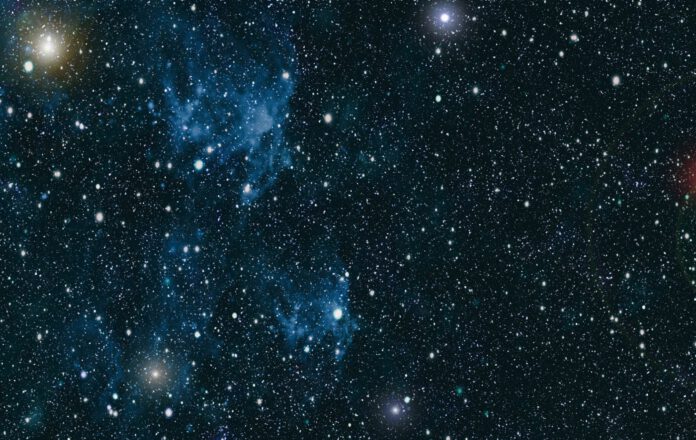
The enchanting cosmic dance of HD110067
The star HD110067, located only 100 light years from us, has proven to be more exceptional than previously thought. Upon closer examination, this star harbors not one, but six planets, each partaking in an extraordinarily unique resonant system. This celestial dance has remained undisturbed for an estimated billion years.
Most planetary systems exhibit some form of resonant system, where the planets exert regular forces on each other. For instance, the innermost planet, referenced as ‘a’, orbits HD110067 in as few as nine days. For every three orbits planet ‘a’ completes, planet ‘b’ manages two. This dynamism continues with planet ‘b’ to ‘c’ and so forth. The outermost two planets, however, present a slight diversion from the norm. They perform three laps for every four of their predecessor – altogether resembling something of an intricate dance. This fascinating discovery was recently published in the prestigious journal, Nature.
The dance of celestial bodies
These newly discovered planets are classified as “sub-Neptunes,” implying they are larger than Earth, yet smaller than Neptune. What makes this system stand out even more is that resonant systems have only been found twice before. The balance within such a system is extremely delicate. External forces, like another star crossing paths or a meteor colliding with one of the planets, could quickly disrupt this harmonious balance.
Scientist Rafael Luque, who contributed to this study, estimates that “about one percent of all systems have a resonant pattern.” That makes HD110067’s billion-year-long preservation not only substantial but also an idyllic model for scientists to study and comprehend what an undisturbed planetary system looks like.
The relentless pursuit
The system gravitating around the star HD110067 has intrigued scientists for some time. As early as 2020, signals received by NASA’s TESS satellite indicated the existence of at least two planets. However, a significant chunk of the data was still inexplicable.
This conundrum led the researchers to employ ESA’s CHEOPS satellite,” Luque says. “Thus, revealing a third planet. Once we unravelled the first three planets’ pattern, it was clear we were dealing with a resonant system, and we were then able to predict the orbits of the other planets.”
To confirm this discovery, previously obtained data was revisited. As it turned out, everything aligned perfectly, leading the team to uncover perhaps the oldest cosmic dance to date.











